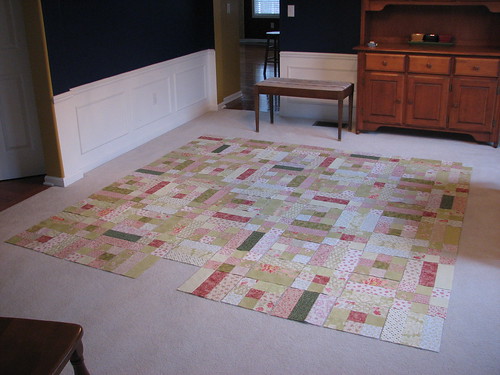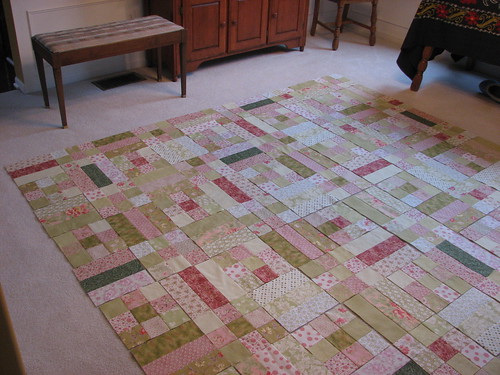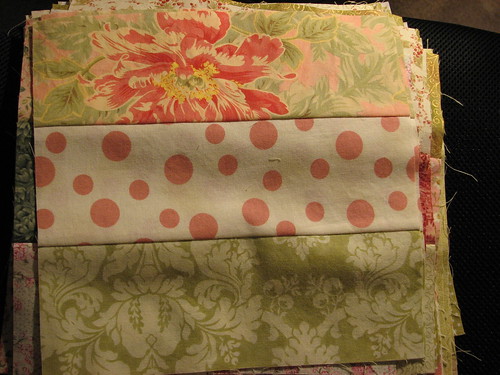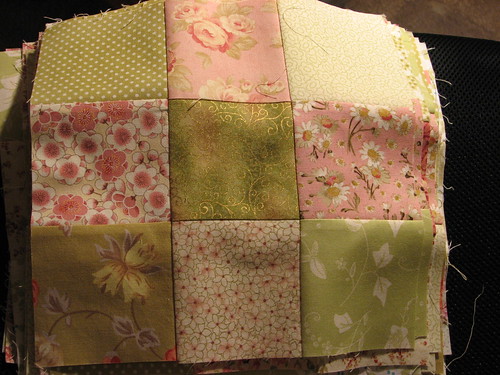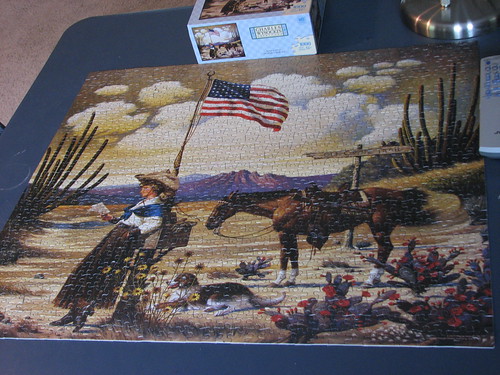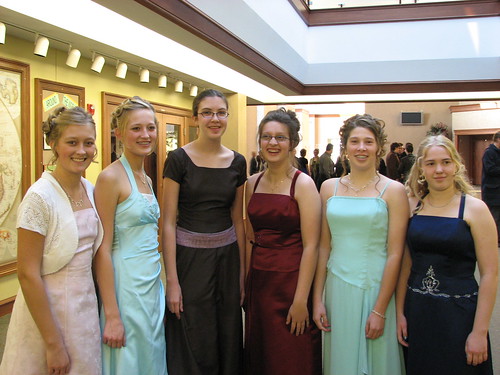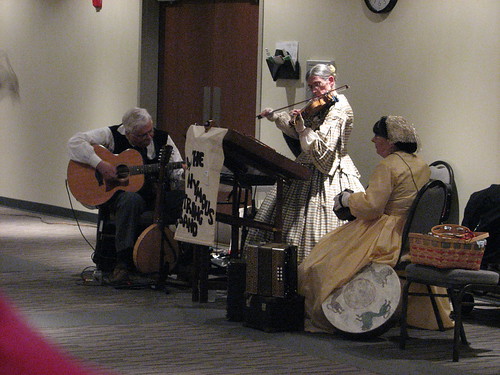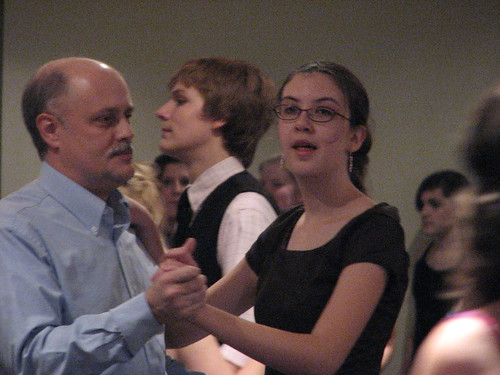Are Attempts to Reclaim the Culture a Pointless Exercise?By Gary DeMar
First-century believers could have offered tangible evidence that there was little chance for the gospel to have an impact on the status quo of religious and civil oppression in their day. How could a small band of men—led by a fisherman (Peter) and a tentmaker (Paul)—living under Roman occupation ever conceive that their circumstances would change enough so that the gospel message would lead to the transformation of the world? To add to the improbability of a world-wide impact, soon after the victorious ascension of Jesus and the outpouring of the Holy Spirit on His disciples, one of their own was killed by the religious establishment (Acts 7:54–60). What did God do? He converted the man who led the persecution and made him a missionary to the Roman Empire! (9:1–31). After Stephen’s death, James, the brother of John, was executed by the local civil governor (12:1–2) and Peter was arrested and thrown in prison. What did God do? Herod “was eaten by worms and died” (12:23). Through tradition we learn that every apostle, with the exception of John, died a martyr.
The Roman Empire was the major kingdom force in the first century, and the church was relegated to footnote status by the historians of the day. How times have changed. The historians are footnotes, time is still measured by the birth of Christ—even with the use of BCE (Before the Common Era) and CE (Common Era) by the academic establishment)—the Roman Empire is a memory and its remaining buildings a tourist attraction, and the church of Jesus Christ circles the globe. If God accomplished all of this with a few disciples with little or no social influence and no political connections, why does it seem incredible to accomplish something similar with hundreds of millions of believers today? Is the gospel any less effective?
In his book The Vanishing Conscience, John MacArthur tries to argue that “‘Reclaiming’ the culture is a pointless, futile exercise. “I am convinced,” he writes, “we are living in a post-Christian society—a civilization that exists under God’s judgment.”[1] MacArthur and other Christians believe that such conditions serve as immovable impediments to reformation. Scripture and history are not on his side. The gospel entered a non-Christian society and transformed it. We may live in a post-Christian world, but it wouldn’t take much time or effort to reverse the trend. Even Tim LaHaye, co-author of the popular Left Behind series that presents a pessimistic view of the future, thinks MacArthur is off base. “Personally,” Tim and Beverly LaHaye write, “we have serious problems with that kind of thinking. . . . If we just give up on our country, America may be sentenced to an unnecessary hundred or so years living without the freedom to preach the gospel here or around the world—simply because we gave up on our culture too soon.”[2] In their book Mind Siege, co-authors David Noebel and LaHaye write the following:
The Christian life should never be dull or boring. There is plenty to do in all spheres of life. The importance of Christians entering the cultural sphere (art, music, popular entertainment, theater, media, law, religion, education) cannot be overlooked or underestimated. As Robert Bork makes very clear in his work, conservatives who hold a pro-moral point of view might control the White House and the Congress, but still “they cannot attack modern liberalism in its fortress . . . Hollywood, the network evening news, universities, church bureaucracies, the New York Times and the Washington Post.” Modern liberals, says Bork, “captured the government and its bureaucracies because they captured the culture.” Christians need to ponder this point carefully.
Christian parents need to prepare their sons and daughters to invade the fortress of the left. Someday the major newscasters will retire, and there is nothing amiss in believing that well-prepared Christians can replace them.[3]
America could be reduced to a burned out cinder, and God’s Church will still go on. Even world-wide disasters (plagues and world wars) did not mark “the end.” As history shows, there have been many who have been premature in writing the obituary of the Church and Christian civilization. The doctrine of Church is bigger than our nationalist limitations, and it is more powerful and resilient than the most demanding evils. “Over the past five centuries or so, the story of Christianity has been inextricably bound up with that of Europe and the European-driven civilizations overseas, above all in North America. Until recently, the overwhelming majority of Christians have lived in White nations, allowing theorists to speak smugly, arrogantly, of ‘European Christian’ civilization. . . . Already, today, the largest Christian communities on the planet are to be found in Africa and Latin America,”[4] and we can add, China. The struggles of these third-world nations far outweigh the moral and political struggles we are facing in the United States. They have none of our evangelical infrastructure (a church on every corner), but they seem to be making remarkable evangelical progress. Only time will tell what type of evangelicalism is sprouting and how it will be maintained.
The structures are in place to turn our nation around. What do we lack? It’s not money, people, organization, or skills. We lack motivation, knowledge, and vision. Modern-day American Christianity is not what I bought into when I became a Christian. The first light of the gospel brought a dramatic change in my life. Paul’s words about being a “new creature in Christ” (2 Tim. 5:17) were and are real. I believed that what was true for me as an individual was also true for the whole body of Christ. But as I’ve traveled around the United States, watched and listened to what passes for Christianity on “Christian” television and radio, frequented Christian bookstores and had to endure passing bookshelves filled with countless books on “relational” Christianity (“What can Jesus do for me?”), Christian fiction, end-time novels, Veggie Tales [5] and Bible Man videos, before I could find the few dusty works of theological substance tucked away at the back of the store, I have often wondered if Christians really understand the true power of the gospel.
I realize politics is a dirty business (what isn’t?), but it wouldn’t take much to reshape the face of Congress and the Senate. With this accomplished, the make-up of the Supreme Court and the lower courts could also be affected. What would it take? One way would to get Christians to vote to limit the power and jurisdiction of civil governments. The few conservative Christian voices that are struggling in Washington need help. A five to ten percent shift in the balance of power is possible in upcoming elections if Christians will take advantage of the opportunity. LaHaye and Noebel point out that “only 48 percent of Christians bother to vote, even in presidential elections.”[6] The goal, of course, is not to use politics as a club to impose a top-down moral regime on America. Christians must understand that civil government has a very narrow focus and limited jurisdiction. The goal is to get the welfare genie back in its bottle and the activist court back in Pandora’s Box and close the lid down tight. Politics is not a reforming agent, but it is something that needs reforming. It certainly can be an inhibitor of reform by creating draconian laws designed to relativize public discourse on any issue.
We are told that there are no simple answers. As New York University president John Sexton stated: “Our [secular] universities are committed to the deep and nuanced study of humanity. The more sophisticated you are, the more you tolerate ambiguity.” The goal of secularism is ambiguity, intellectual as well as moral. That’s why when Christians proscribe placing the Ten Commandments in a court house, and in granite no less, the political establishment faints in disbelief and awakens in outrage. There is a fear that people might actually obey the Ten Commandments and begin to believe that there is a God, and He’s not any of the justices who sit on the Supreme Court. Am I exaggerating? In Stone v. Graham (1980), the court wrote, “If the posted copies of the Ten Commandments are to have any effect at all, it will be to induce the schoolchildren to read, meditate upon, perhaps to venerate and obey, the Commandments. However desirable this might be as a matter of private devotion, it is not a permissible state objective under the Establishment Clause.” The fear is that people might actually believe that there is a God who demands something of His creatures. What a shocking assertion. How can Christians remain silent and sit still when such nonsense passes as a Supreme Court decision? In 1965, Rousas J. Rushdoony spotted the logic of a court that sees itself as the foundation of law:
If there is no God and no divinely ordained law, then not only does perversion have equal rights with morality, but actually truer rights, because Christian morality is seen as an imposition on and a dehumanization of man, whereas perversion is an act of liberty and autonomy for this school of thought.[7]
As the courts mumble about toleration and diversity, we are beginning to see a pattern: If any law is based on religious assumptions, in particular, Christian religious assumptions, they cannot be by definition part of America’s legal discourse. So what do we do about this? According to MacArthur, not much. Preach the gospel, to be sure, and hope that this will have a leavening effect on the culture. But even if the country were 80 percent Christian, and this majority decided not to involve themselves in the broader culture, the remaining 20 percent would rule us and in the end deny Christians and everyone else their freedoms.
Post Reply | View Replies
Endnotes:
[1] John F. MacArthur, The Vanishing Conscience: Drawing the Line in a No-Fault, Guilt-Free World (Dallas, TX: Word, 1994), 12.
[2] Tim and Beverly LaHaye, A Nation Without a Conscience: Where Have All the Values Gone? (Wheaton, IL: Tyndale, 1994), 243.
[3] Tim LaHaye and David Noebel, Mind Siege: The Battle for Truth in the New Millennium (Nashville: Word, 2000), 228.
[4] Philip Jenkins, The Next Christendom: The Coming of Global Christianity (New York: Oxford University Press, 2002), 1–2.
[5] Gary DeMar, MeatyTales: Should Talking Vegetables be Used to Teach the Bible? (Powder Springs, GA: American Vision, 2009): http://www.americanvision.com/meatytalesebook.aspx
[6] LaHaye and Noebel, The Mind Siege, 279.
[7] Rousas J. Rushdoony, The Religion of Revolution (Victoria, TX: Trinity Episcopal Church, 1965), [11].
